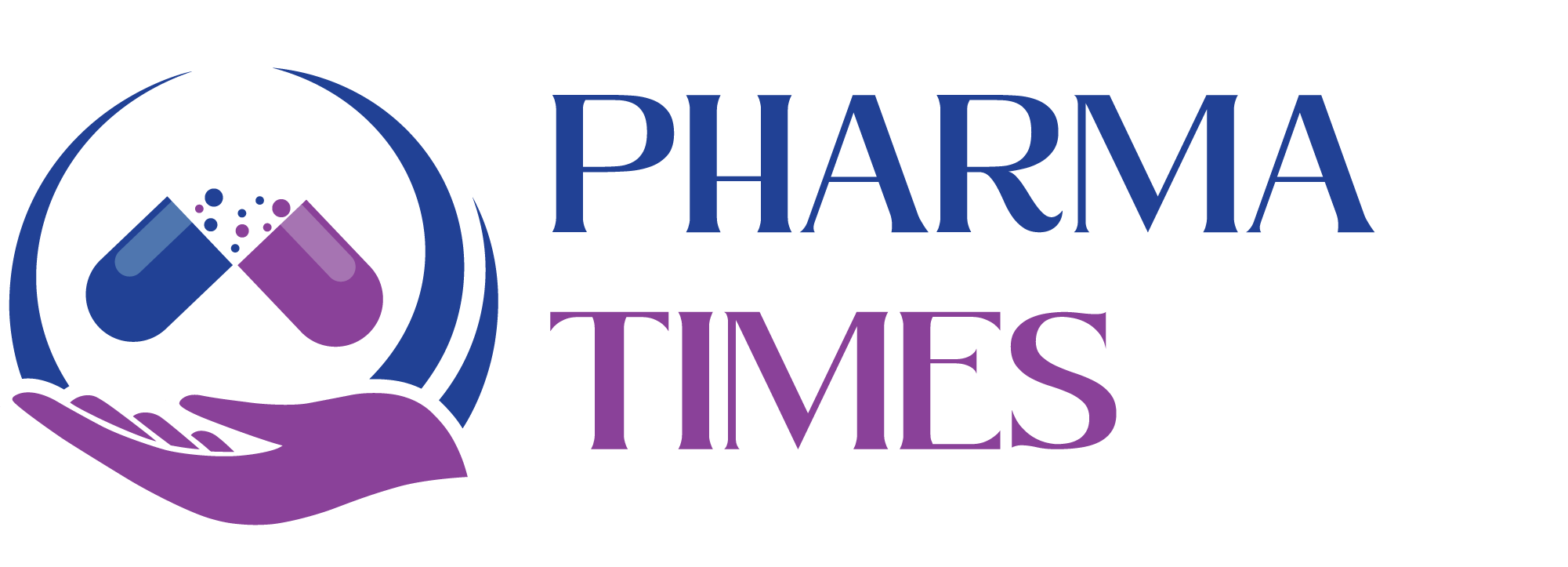What methods are used to calibrate digital polarimeters?

Calibration of digital polarimeters is essential to ensure accurate and reliable measurements of optical rotation, which is used to determine the concentration or purity of optically active substances. Here is a detailed explanation of the methods used to calibrate digital polarimeters:
1. Calibration Using Standard Optical Rotation Solutions
Overview:
The most common method involves using substances with known and certified optical rotation values.
Procedure:
-
Prepare or purchase a standard solution (e.g., sucrose solution) with a known specific rotation.
-
The temperature, wavelength, and concentration must match the reference conditions (typically 20°C and sodium D-line at 589 nm).
-
Place the standard solution in a clean, dry polarimeter tube.
-
Measure the optical rotation.
-
Compare the measured value with the certified value.
-
Adjust the instrument if there is a deviation beyond acceptable tolerance.
Advantages:
-
Simple and reliable.
-
Traceable to national or international standards.
Common Standards:
-
USP (United States Pharmacopeia)
-
NIST (National Institute of Standards and Technology)
2. Calibration Using Quartz Control Plates (Quartz Wedges)
Overview:
Quartz plates have a known and stable optical rotation due to their birefringent properties.
Procedure:
-
A quartz plate with a certified rotation is placed in the polarimeter’s light path.
-
Measure the optical rotation.
-
Compare the reading to the certified value.
-
If there’s a discrepancy, apply a correction or calibrate the system.
Advantages:
-
Very stable and long-lasting.
-
No solution preparation needed.
-
Ideal for quick performance verification.
3. Zero Calibration (Baseline Calibration)
Overview:
Zeroing ensures the polarimeter gives a zero reading when no optical rotation is present (i.e., pure solvent or air).
Procedure:
-
Fill the tube with the solvent (often water or alcohol).
-
Insert it into the polarimeter.
-
Set the reading to zero (if the instrument allows manual zeroing).
-
Some modern polarimeters do this automatically (auto-zero).
Purpose:
-
Compensates for any optical imperfections in the system.
4. Temperature and Wavelength Calibration
Overview:
Since optical rotation is temperature- and wavelength-dependent, ensuring accurate temperature and wavelength settings is part of the calibration.
Procedure:
-
Temperature: Verify using a calibrated thermometer or built-in sensor. Ensure the measurement is at the specified temperature (e.g., 20°C).
-
Wavelength: Validate using certified filters or monochromatic light sources.
5. Software and Internal Calibration Routines (for Modern Digital Polarimeters)
Overview:
Many digital polarimeters come with built-in calibration routines that use internal references or algorithms.
Features:
-
Self-diagnostic tools.
-
Auto-zero and auto-calibration functions.
-
Error messages if readings are out of range.
Best Practices During Calibration:
-
Use calibrated and clean polarimeter tubes.
-
Ensure no air bubbles in the sample.
-
Perform calibration under controlled temperature conditions.
-
Calibrate regularly, especially before critical measurements.
🎓 Discover one of the best Quality Assurance courses available — click below to explore the course that’s shaping future QA skills.

